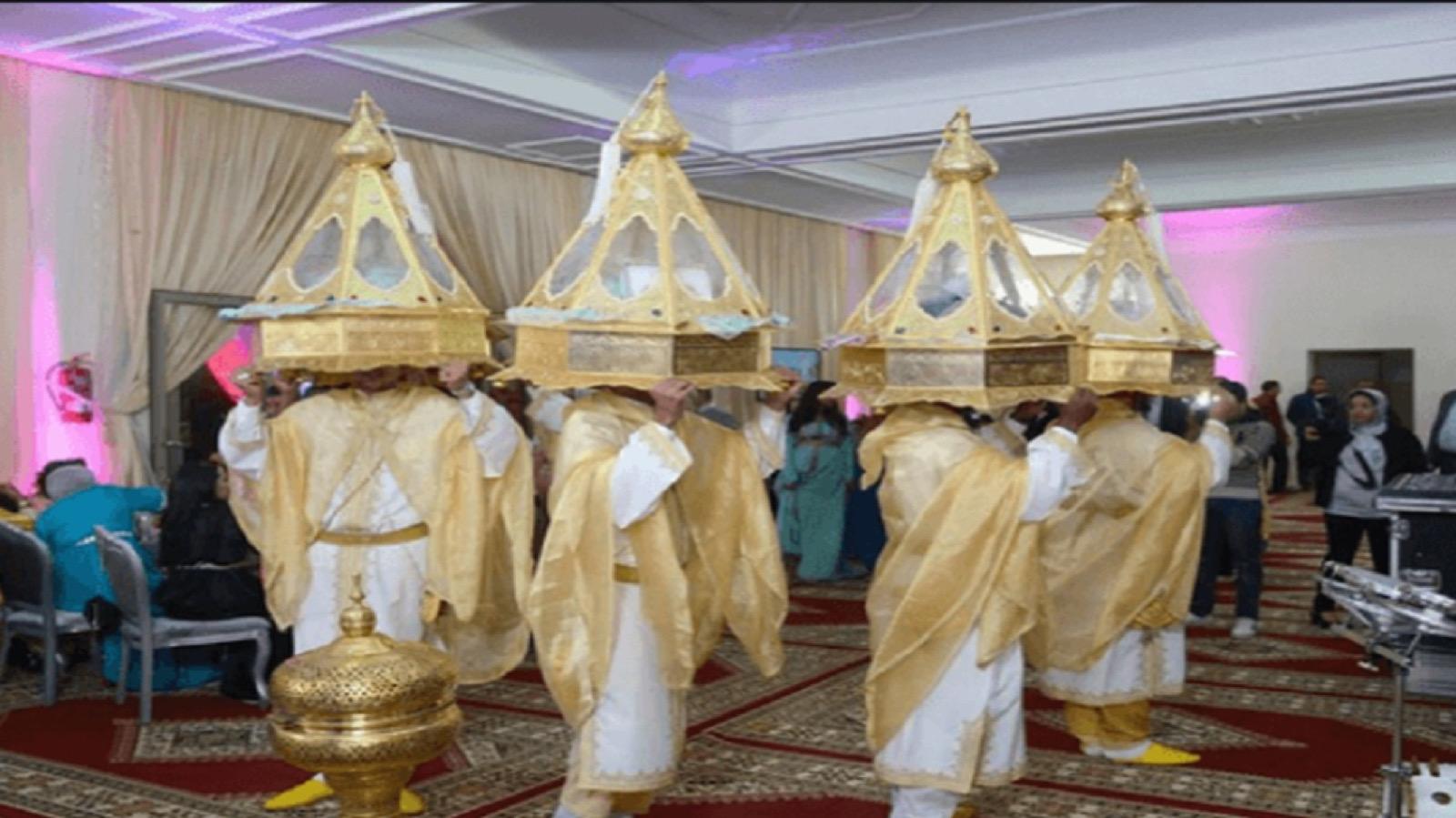
Moroccan weddings are vibrant and deeply rooted cultural events that reflect the country’s rich history, diverse traditions, and strong sense of community. While the basic structure of a Moroccan wedding is shared across the nation, each region adds its own unique touch through clothing, music, rituals, and cuisine. These weddings are not merely ceremonies—they are multi-day celebrations that bring together families, neighbors, and entire communities in a joyful expression of love, heritage, and unity.
From the urban elegance of Casablanca to the colorful Amazigh (Berber) traditions in the Atlas Mountains, Moroccan weddings vary greatly in style and symbolism. Some last two days, while others stretch into week-long festivities. Despite these differences, they all hold sacred the concepts of family honor, spiritual blessing, and communal joy. This article explores the diverse wedding customs across Morocco’s regions, from the pre-wedding rituals to the grand celebration night.
Pre-Wedding Traditions
In Moroccan culture, weddings are preceded by several important rituals, often starting with the “khetba” (engagement) where the groom’s family formally asks for the bride’s hand. This is followed by ceremonies like the “henna night,” where the bride’s hands and feet are decorated with intricate henna patterns believed to bring good luck and protect against evil spirits.
Preparations often begin weeks in advance, involving the coordination of traditional clothing, gifts, food, and decorations. Family members come together to bake sweets like “kaab el ghazal” and “ghriba,” while the bride visits the “hammam” (public bathhouse) with her female relatives in a ritual of purification and bonding. These pre-wedding moments are as meaningful as the wedding day itself, often filled with music, dancing, and blessings.
Urban vs. Rural Wedding Styles
In urban areas such as Rabat, Marrakech, and Casablanca, weddings tend to be more luxurious and influenced by modern fashion. Brides often wear several outfits throughout the evening, each representing different regions of Morocco, starting with the traditional white “takchita” and ending with more contemporary gowns. The venues are often lavish halls or hotels, and the events are managed by professional wedding planners known as "negaffas."
In contrast, rural weddings are more community-centered and traditional in nature. They usually take place in large open spaces or family homes and may involve the entire village. In Amazigh villages, for instance, the ceremonies include tribal chants, dances like “ahidous,” and symbolic rituals such as carrying the bride on a wooden platform. These rural weddings may lack the glamour of city events but overflow with cultural depth and authenticity.
Traditional Attire and Jewelry
One of the most iconic features of Moroccan weddings is the elaborate traditional clothing. The bride typically wears a series of “kaftans” or “takchitas,” often customized with luxurious fabrics, gold embroidery, and crystal embellishments. Each dress reflects a different Moroccan region, from the Fassi style of Fez to the Sahrawi garments of the south. The groom traditionally wears a white “djellaba” with a red “tarbouche” (fez hat), though many now opt for a tailored suit.
Jewelry plays an equally important role, especially in Amazigh weddings, where the bride is adorned with heavy silver necklaces, headpieces, and bracelets. These items are not just decorative—they carry symbolic meanings related to fertility, protection, and family lineage. In urban weddings, gold jewelry is more common, often gifted by the groom’s family as part of the “shoura,” or dowry.
Music and Entertainment
Music is at the heart of every Moroccan wedding, with each region offering its own distinct sounds and performances. In the north, Andalusian music and “aita” poetry may be featured, while in the south, “gnawa” rhythms and Amazigh folk songs dominate the celebration. Live bands, traditional drummers, and even DJs are often hired to keep the energy high throughout the night.
Another key element is dance. Professional dancers or family members perform choreographed routines, and guests are encouraged to join in. Traditional dances such as “chaabi,” “ahidous,” and “reggada” are popular, depending on the region. The mix of old and new styles of music and dance creates an atmosphere of joy, pride, and cultural celebration that lasts until the early hours of the morning.
Food and Hospitality
Food is an essential part of Moroccan weddings, often served in multiple elaborate courses. The most traditional dishes include “tagine,” “pastilla,” and roasted lamb with prunes. These meals are prepared in massive quantities to serve the large number of guests, who can range from a few dozen to several hundred. Sweets and mint tea are served throughout the evening as a gesture of hospitality.
Each region adds its own culinary flair. In the Souss region, argan oil and almond-based dishes are common, while in the Rif, seafood might be featured. What unites all Moroccan weddings, however, is the spirit of generosity and sharing. Guests are treated like royalty, and no one ever leaves a Moroccan wedding hungry or without being deeply impressed by the food and care offered.
Cultural Significance and Modern Evolution
Moroccan weddings are not just personal events—they’re a cultural institution. They mark the transition from single life to family responsibility and serve as a public affirmation of the couple’s bond. They also reinforce family and tribal alliances, and are often used to strengthen social ties within the community. This makes them deeply significant, far beyond their romantic aspect.
In recent years, Moroccan weddings have evolved to include modern influences such as destination weddings, international music, and online invitations. Still, many families strive to preserve the essence of their regional traditions. This blend of the old and the new is what makes Moroccan weddings so dynamic—they continue to celebrate love and unity while honoring a deeply rooted cultural legacy.